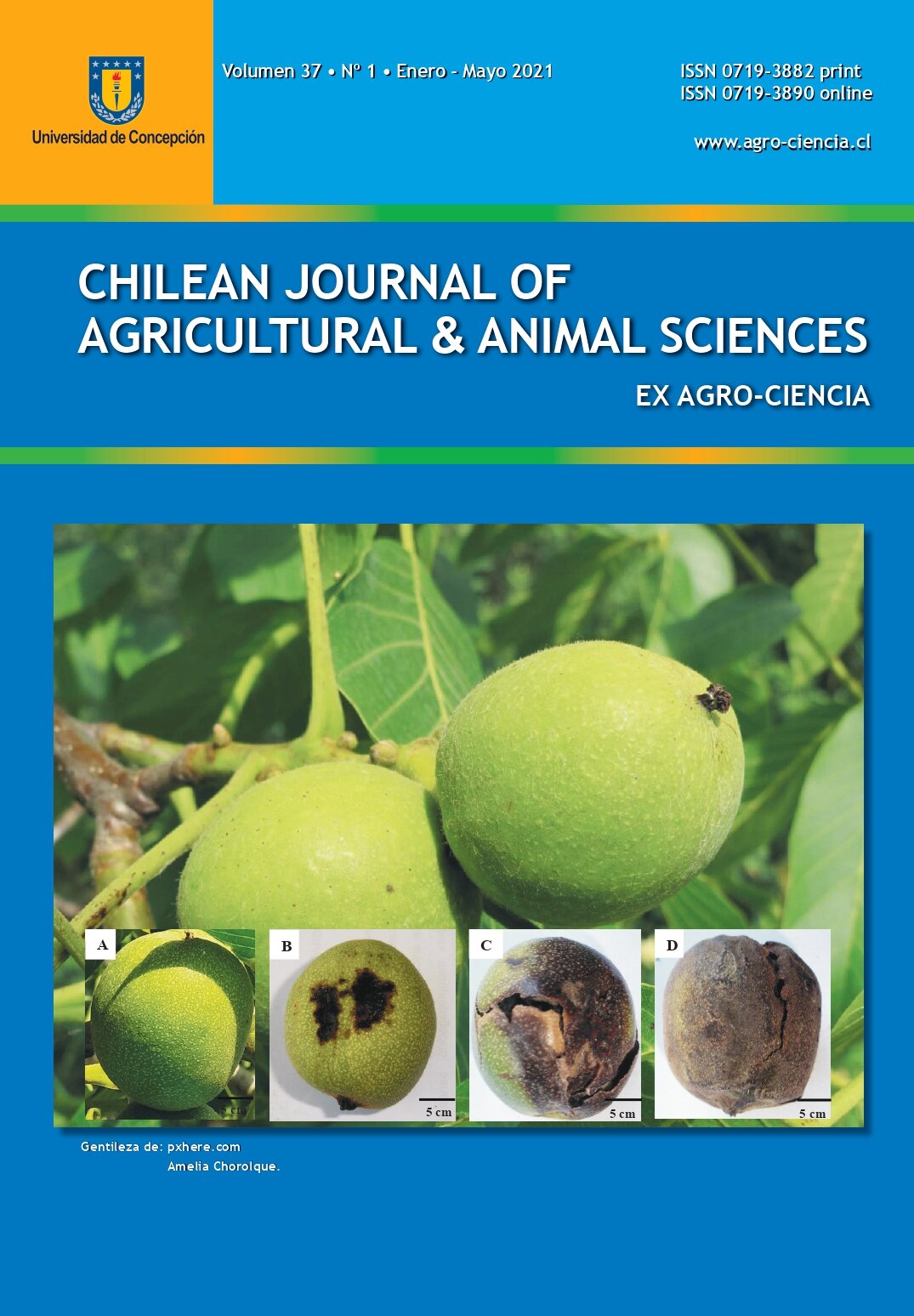KONDE INIA: FIRST DOUBLED HAPLOID WINTER WHEAT CULTIVAR FOR SOURTHERN CHILE
Claudio Jobet1*, Iván Matus2, Ricardo Madariaga2, Ricardo Campillo1, Javier Zuñiga1, Jaime Mejías1, y Juan Carlos Garcia3
ABSTRACT
Konde INIA is a bread winter wheat (Triticum aestivum L.), which was developed by the National Wheat Program in the Agricultural Research Center (INIA), Temuco, Chile. It was obtained back in 2000 by standard crossing techniques, and its F2 was treated under genetic inter-crossing between wheat and maize (double haploids) in order to accelerate homozygosis and further selection. Preliminary experiments started in 2004, while regular trials were conducted since 2005 in southern Chile between the Bio-Bio (Chillán, 36°31’ S, 71°54’ O) and Los Lagos (Purranque, 40°52’ S, 73°12’ O) regions. Konde INIA is an early-maturing variety with satisfactory behavior under hydric stress in dry seasons, with no adverse effects during flowering and grain filling. Thus, this variety has a great adaptability in areas with short winters and dry springs. In phytopatological terms, it has an adequate resistance against stripe rust and it is moderately susceptible to leaf rust and septoria leaf blotch. Konde INIA has a good yield potential, showing grain yields almost 20% higher than the control. In terms of industrial quality, it has been classified as a medium-quality wheat.
Key word: cultivar, Triticum aestivum, double haploid
1 Instituto de Investigaciones Agropecuarias (INIA), Centro Regional de Investigación Carillanca, Casilla 58-D, Temuco, Chile.
2 Instituto de Investigaciones Agropecuarias (INIA), Centro Regional de Investigación Quilamapu, Casilla 426, Chillán, Chile.
3 Universidad de La Frontera, Facultad de Agronomía Casilla 54-D, Temuco, Chile.
*Autor para correspondencia E-mail:


